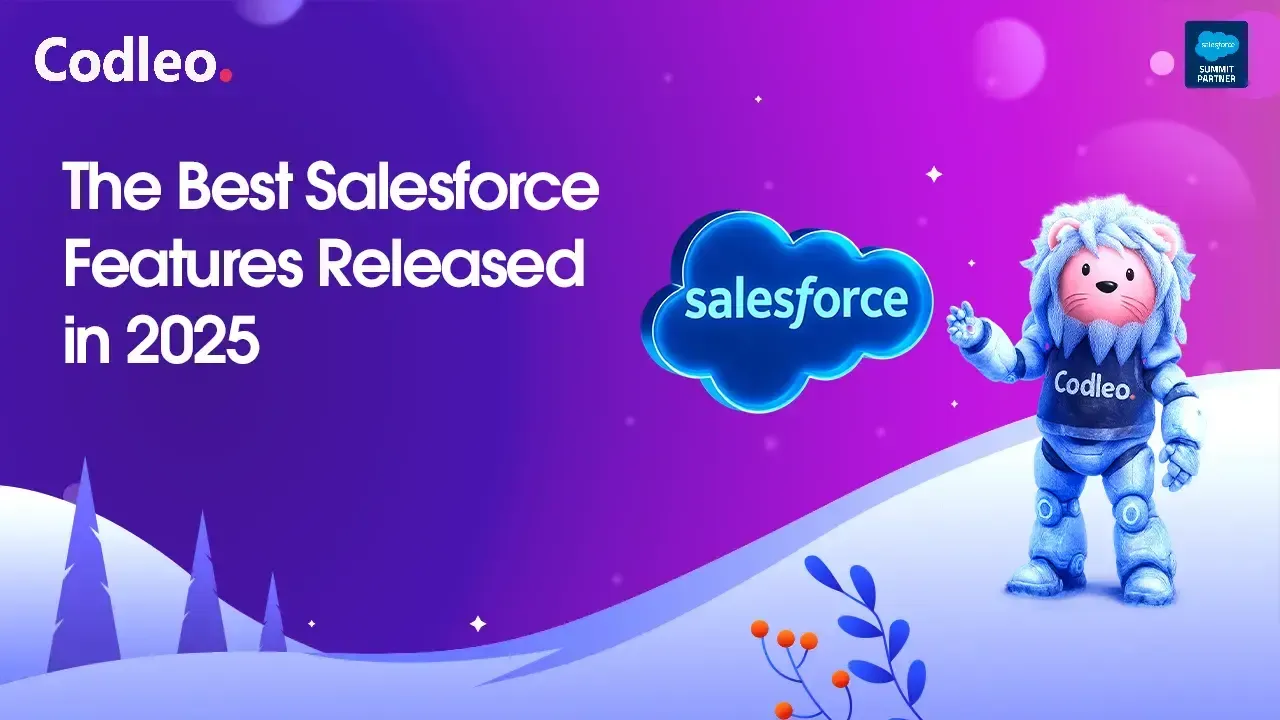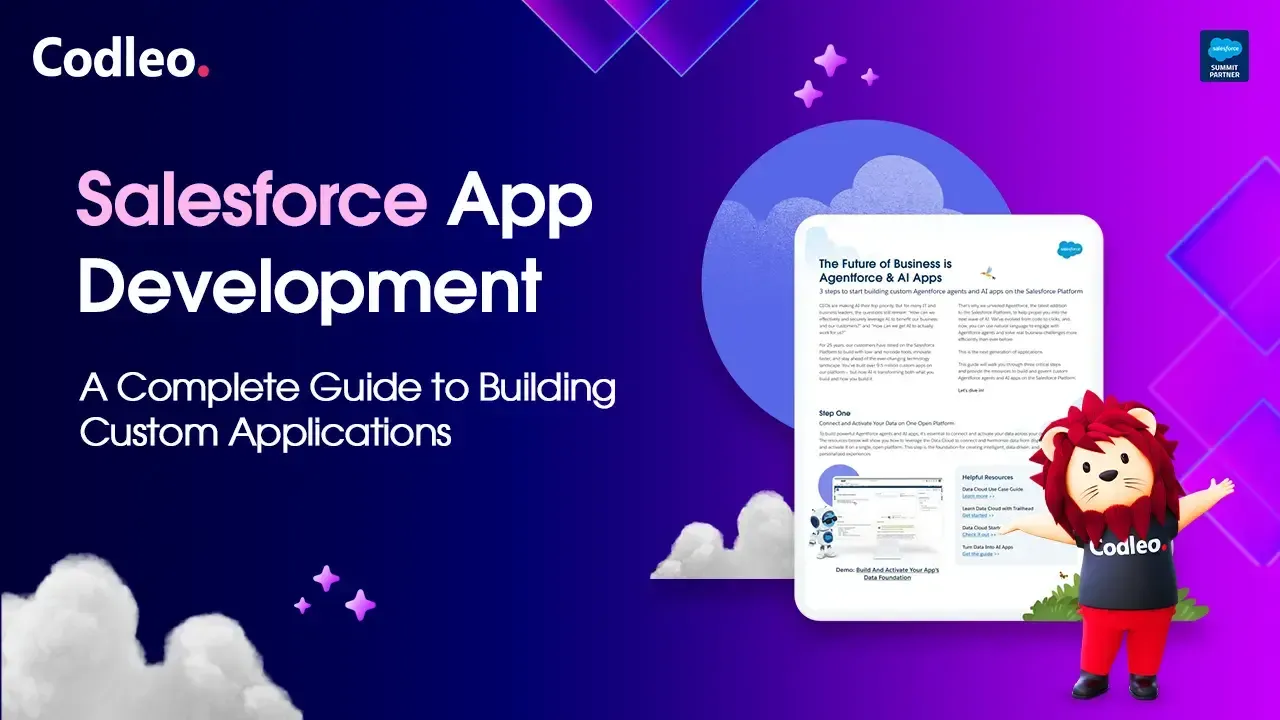Publish date:
"A small business is an amazing way to serve and leave an impact on the world you live in.” - Quote by Nicole Snow.
A small brand has it tough in the market going up against bigger and well known brands. With small teams running and resources in short supply, small brands are riding waves with challenges dogging their footsteps. With so much to do, marketing well can be a challenge. The need to spread awareness and client connect is important to establish a foothold and compete with the big players. To help businesses get their act together we have put together a simple guide to achieve the same.
Tech tools stack. The 21st century is the era of technology and adopting various tools to enhance business and improve ROI. This is especially true for small brands who need to get their act together and be savvy on the tech front. Some tech tools that they must have in their kitty include: a CRM, digital marketing channels, data analytics tool and a content calendar.
One of the many simple tools for adoption by a company is a CRM. Customer Relationship Management is a super simple & efficient way of maintaining bonds with leads & clients.
Digital marketing channels or platforms are important marketing tools and are free. Platforms like Facebook, insta, twitter and snapchat enable engagement with clients where they are likely to spend more time and connect with you. Be on all platforms and engage with each client. Great social media posts with images, videos and relevant content ensure you gain eyeballs and traction with the targeted audience.
It may seem strange for a small business to have software for analytics like Google analytics or Tableau among many others. It is said that every brand that has a website should invest in an analytics tool. You can track various activities and their successes. Small business or start-Up should have one in their stack to measure impacts and take vital decisions for the health of the company and its road ahead.
A content calendar refers to a concentrated place where you note the brand's scheduled content. It can include blogs, YouTube videos, social channel posts — basically marketing material and content the brand is curating and plans to send out during a fixed time span. Be in touch with the employees to ensure that the content and its assigned dates don't shift. Based on your specific domain of work, content can be scheduled between 1 - 6 months with ample room for delays/adjustments or any other hiccups.
Begin the work to start marketing. The process begins by brainstorming with the relevant stakeholders about listing your brand or its services/products' value for clients, target audience as well as main business goals. Without these 3 mapped out, the brand is going to be marketing adrift with no fixed path. The next step is to get your branding / messaging firmed up, so people know what you are all about and remember you. Your messaging needs to be so clear & precise that your audience wants to return over and over to be your clients. This can be done with a brand promise which means laying down the brand's expectations, brand mission which is your primary values & beliefs, what you wish to achieve and how will you achieve these end goals. Last but not the least, the messaging should have a clear tone & tenor. Try to give the brand a personality that is relevant and impactful in the market.















